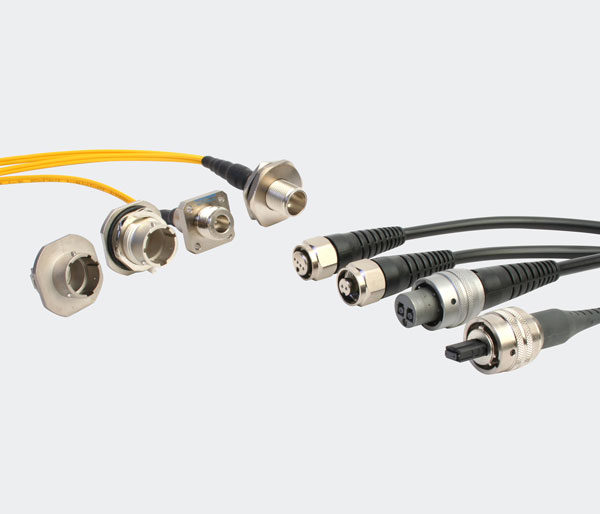Israel Tech University recently said that Professor Edu Carmine and his team have made a major breakthrough in the field of quantum science, developed a quantum microscope that can record the optical flow, and used it to directly observe the light bound in the optical crystal. Related research was published in the journal Nature.
Carmine said that the ultrafast transmission electron microscope they developed is the world’s most advanced near-field optical microscope. It can illuminate any nano material sample at different angles with different wavelengths of light sources and draw the light and electrons in the sample interaction. Dr. Wang Kangpeng, a member of the research team and the first author of the paper, said that this is the first time they have actually observed the dynamics of light beams bound in nano materials, rather than relying on computer simulations.
New research breakthroughs have many potential applications, including designing new quantum materials to store quantum bits with higher stability, and helping to improve the color sharpness of mobile phones and other types of displays. Carmine believes that the use of extremely high-resolution ultrafast transmission electron microscopy to study more advanced nano/quantum materials will have a wider impact. For example, the most advanced screens in the world today use quantum dot-based QLED technology, which allows color contrast to be controlled at higher resolutions. But the challenge is how to improve the quality of quantum dots on large screens and make them more uniform. The new research will surpass the capabilities of existing technologies and improve screen resolution and color contrast.
Ultrafast transmission electron microscope includes a variable voltage electron accelerator and laser system from 40 kV to 200 kV. The accelerator can accelerate electrons to 30%-70% of the speed of light, and the laser system can generate light pulses with a power of 40 watts and close to 100 femtoseconds. The ultrafast electron transmission microscope constitutes a femtosecond pump probe device. Researchers use light pulses to activate nano material samples and electronic pulses to detect sample transients. The electron pulses penetrate the sample and image it. This overall setting with multi-dimensional capabilities is very helpful to fully understand the basic characteristics of nano-scale objects.
In the past, quantum electrodynamics has studied the interaction between quantum matter and optical cavity modes, which is crucial to the development of basic physics that constitutes the basic structure of quantum technology. But so far, all experiments have only focused on the interaction of light with bound electronic systems (such as atoms, quantum dots, and quantum circuits). These bound electronic systems have significant limitations in energy state, spectral range, and selection rules.
The core of the new breakthrough is to introduce the research progress of the interaction between ultrafast free electrons and light into a new type of quantum matter, namely the quantum wave free electron “wave packet”. Quantum free electron “wave packets” do not have the inherent limitations of binding electronic systems. Although there are many theoretical predictions about the new cavity effect excited by free electrons, the photon cavity effect of free electrons has never been observed before due to the basic limitations of the strength and duration of the interaction.




